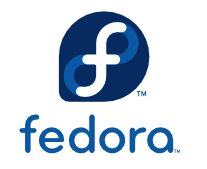 Fedora 11, the most recent release of the Fedora Linux distribution, includes built-in virtualization capabilities. Virtualization allows you to install an operating system from within another operating system, which can be a great way to test out a new version of Windows.
Fedora 11, the most recent release of the Fedora Linux distribution, includes built-in virtualization capabilities. Virtualization allows you to install an operating system from within another operating system, which can be a great way to test out a new version of Windows.
Since Fedora’s included virtualization is mainly geared towards developers, many users prefer a different virtualization platform such as VirtualBox which can be used in both Linux and Windows.
Installing VirtualBox in Fedora 11
- As root, install the necessary dependencies with yum.
- When the above dependencies have been installed, download the VirtualBox RPM from http://www.virtualbox.org/wiki/Linux_Downloads (At the time of writing I downloaded Version 3.0.4)
- Install the VirtualBox RPM you downloaded, replacing the text in the < > with the name of the file you downloaded.
- After the installation completes, add your account as a member of the vboxusers group. To do this, navigate to System > Administration > Users and Groups, select your account and click Properties. Click the Groups tab and check the box for vboxusers to add your account to the group.
- Consult /var/log/vbox-install.log if you receive any error messages or experience any problems during the installation.
- If there are any errors in the above log, correct them and run the setup script as root by entering
/etc/init.d/vboxdrv setup
- Start VirtualBox by typing “VirtualBox” in the terminal or navigating to Applications > System Tools > Sun VirtualBox in the Gnome desktop.
- Agree to the License.
yum install -y qt qt-x11 xine-lib kernel-devel gcc
rpm -ivh <VirtualBox-FileVersion>.rpm
Once the above steps are complete, you will have VirtualBox installed on Fedora 11.

Leave a Reply
You must be logged in to post a comment.